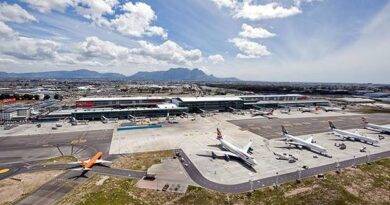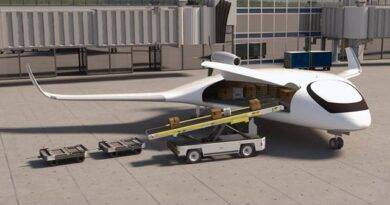F-15 Eagle: The Invincible Tactical Fighter
Just like in any other industry, military airplanes tend to get old by time, and need to be replaced by newer models that support newer technologies and better overall experience. However, the process of getting old is a lot longer when compared to other similar industries. For example, while a car owner tends to change their car every 10-15 years, governments usually change their planes with newer ones about every 40-60 years, which is quite impressive.
In this perspective, the F-15 Eagle is a pretty old military airplane, having served actively for over 46 years now. However, it is still one of the most powerful and deadly tactical military aircrafts out there. Of course, it has gotten many tech upgrades and revisions after the first mass-production version, but still, it is quite impressive to see a tactical aircraft that was developed in the early 70s still be one of the best military aircrafts ever made.
Generic Information
The F-15C Eagle, with its other versions such as the F-15E Strike Eagle and F-15S Silent Eagle (which is a newer version of the F-15 revised by Boeing to increase its stealth characteristics) is today one of the most powerful aircrafts currently in active service in the U.S. Military. It was started to be developed in 1969, successfully completed its first flight in 1972, and was put into mass production in 1973. Just three years later, in 1976, the first versions of F-15, which were the single seated F-15A and the dual-seated F-15B (which was mainly used for training) were put into service. The F-15 was designed as an air superiority aircraft, and turned out to be much more capable than one. There have been a total of 1198 units of F-15s built up to this day, most of which were mainly F-15As, F-15Cs and F-15Es. Today, about over 400 F-15s are still in use in the USAF. While 177 of these are F-15C (single-seat) and F-15D (dual-seat) versions, 224 of them are F-15E Strike Eagles, which are more recent and employ more advanced technology.
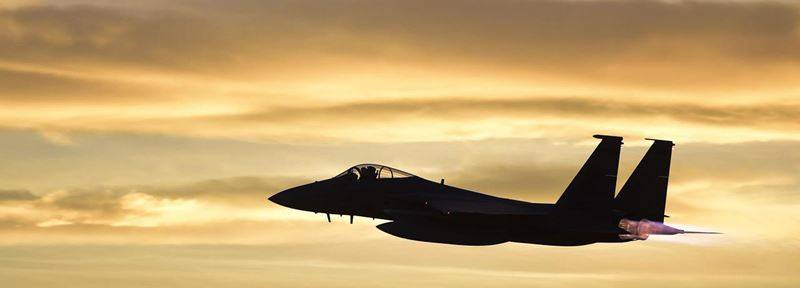
Why And How Was F-15 Eagle Developed?
During the Vietnam War, the backbone of the USAF was F-4 Phantoms. Although these fighter-bombers were highly capable of land attacks, when it came to getting into dog fights with the Northern Vietnam’s Mig-17s, Mig-19s, and Mig-21s, they were greatly struggling, due to their low maneuverability and lack of a main machine gun. For these reasons, the USAF decided that they wanted a new air superiority/bomber aircraft, and they launched the FX program in 1966 to manufacture a new aircraft that would meet their requirements. All American aircraft manufacturers competed with each other to settle an agreement with the USAF to take over the project, but in the end, McDonnell Douglas was chosen in 1967 for the project. The contract was signed in 1969, and shortly after the development process started.
The requirements of the USAF were very high and hard-to-achieve at the time. They wanted this new aircraft to have at least 1250 miles of range with the maximum load. They also wanted this new aircraft to be able to surpass Mach.2, and have high maneuverability in air-to–air battles. The aircraft was also required to climb over 50000 feet and cruise at this altitude. It was required to be able to carry 4 AIM-7 Sparrows, 4 AIM-9 Sidewinders, and 4 tons of air-to-land bombs at once without additional weapon stations.
McDonnell Douglas was able to design the aircraft that would meet all the requirements of the USAF in just two years, and the first prototype of the aircraft, YF-15A, was manufactured in 1971. Later in the development process, an additional 19 more prototypes were manufactured. 12 of these prototypes were used by McDonnell Douglas to develop the design, while the other 8 were given to the USAF so that they could carry out their own tests.
In 1973, the design was completed, and the first generation F-15s were put into mass production. Three years later, in 1976, the aircraft was taken into service, and it has been one of the most successful and deadly aircrafts the U.S.A. has ever had ever since.
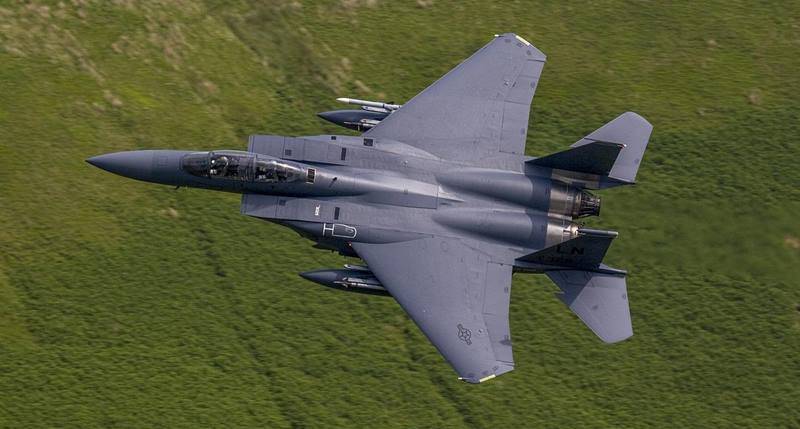
F-15’s War Success
F-15s were used in multiple missions throughout their service life, and they gained great success over time. The most sumptuous years of the aircraft were during the Gulf War, when they destroyed 36 of the 39 fighters of the Iraq Air Force in 1991. Up to today, the F-15s have destroyed 104 enemy fighters, while having zero loss. This makes the aircraft statistically one of the most successful, if not the most successful fighter in history.
F-15 Streak Eagle: The Climbing Champion
Until 1975, the climbing record for aircrafts was held by the legendary Mig-25 Foxbat, a Soviet interception/air superiority aircraft. But in 1975, the USAF and McDonnell Douglas modified an F-15A, to break the new climbing record. The aircraft was named F-15A Streak Eagle, and broke the world’s new climbing record in 1975, after a few attempts.
By Which Countries Is The F-15 Used?
Today, the F-15 has many users all around the world. While the first user of the F-15 was Israel after the U.S, countries also bought F-15s after Israel, such as Japan, Saudi Arabia, and South Korea. Today, 6 countries are active users of the F-15, in addition to the United States. Despite its age, the F-15 is still one of the most developed and superior aircrafts in the world today, thanks to the ongoing development and upgrade processes. Today, the manufacturing of the F-15s still continues, under Boeing. The aircraft is expected to be in service in the following decades, and even the United States have decided that they will order new F-15 fleets in the following years.
F-15 can be used for various roles, but the latest versions of the aircraft, which are F-15E and F-15EX are mainly used for interception, air superiority, tactical air-to-air fights, and tactical bombing.
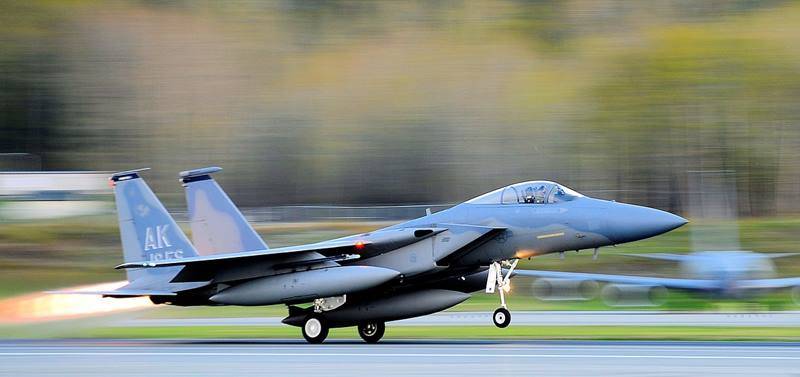
Sources
https://en.wikipedia.org/wiki/McDonnell_Douglas_F-15_Eagle
https://www.af.mil/About-Us/Fact-Sheets/Display/Article/104501/f-15-eagle/
